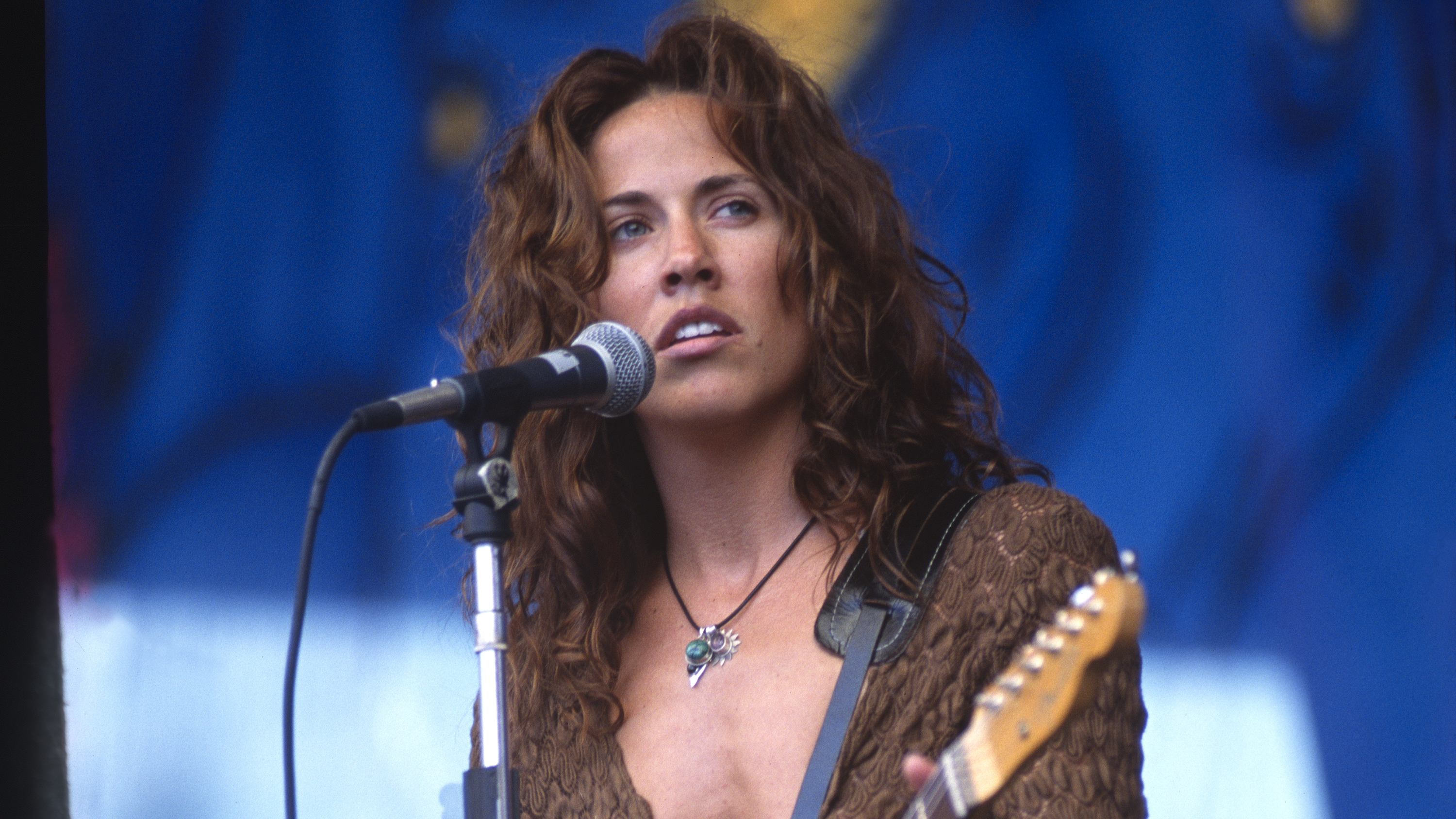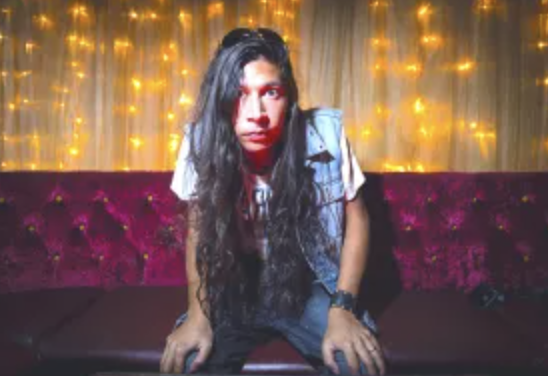“It was my least-favourite song on the record and I didn’t think it should go on there. It felt throwaway”: How Sheryl Crow learned to love the song that became her breakthrough hit
“It’s this light pop ditty, but it’s about somebody down and out"

Sheryl Crow had released a few singles from her 1993 debut album Tuesday Night Music Club before the track All I Wanna Do turned her into one of the hottest new names in pop almost a year later.
It peaked at No.2 on the US Billboard Hot 100 for six consecutive weeks, while also topping the charts in Australia and Canada, getting to fourth position in the UK and becoming a Top 10 hit in countries across Europe.
The song was written by Crow and a collective of musicians led by producer Bill Bottrell and known as the Tuesday Music Club.
This group of seasoned professionals worked in close partnership with Crow throughout this album, which was recorded at Toad Hall in Pasadena, California.
As a result, the songwriting credits for All I Wanna Do were assigned to Crow and Bottrell, who was responsible for pedal steel work – as well as guitarist David Baerwald and multi-instrumentalist Kevin Gilbert.
The song was originally named I Still Love You, though Crow was unconvinced by its lyrical merit. Inspiration struck a little later while she was reading a 1987 poem titled Fun, written by Wyn Cooper.
In a 2006 interview with Blender magazine, Crow spoke of how she was jamming in the studio and haphazardly picked up a book that contained the poem that would go on to inspire the opening line and chorus of her first big hit.
Want all the hottest music and gear news, reviews, deals, features and more, direct to your inbox? Sign up here.
The poetry book, titled The Country Of Here Below, had been bought by Bottrell in a nearby used bookstore. It was a pretty rare find considering the initial print run of 500 copies.
“It encapsulated what was going on in LA, a real extreme feeling of apathy and defeat,” Crow explained. “It’s masked in this light pop ditty, but it’s about somebody down and out, sitting in a bar watching their life go by.”
Crow contacted Wyn Cooper to seek permission for her to use his poem. He gave his blessing and the rest was history.
The global success of All I Wanna Do paved the way for multiple reprints and earned Cooper substantial royalties.
“The song was easy for me to sell because it was a character I could easily slip into,” Crow added. “There was a lot of drinking going on in my life then, a lot of late-night bars.”
She continued: “And there really is a bar on Formosa across from a car wash. But I haven’t ever spent a morning in a bar having a beer.”
At first, Crow had felt the song wasn’t going anywhere and it looked as if it was going to be omitted from the album.
“It was my least-favourite song on the record and I didn’t think it should go on there,” she admitted to The Guardian in 2024. “It felt throwaway.”
It was her brother who insisted it was destined to be a big hit and convinced her to change her mind.
Even after the song launched her career, there was an element of a love/hate relationship with it.
“There was a time when I hated playing it, but I realised that that song took me all over the world, places a kid from a tiny town never dreamed of seeing,” she revealed.
The opening line – “This ain’t no disco” – is a reference to the song Life During Wartime by new wave pioneers Talking Heads, released in 1979.
On the surface, All I Wanna Do seems like relatively straightforward song based around a simple E/C7/D7 chord progression. But delve a bit deeper and you’ll hear different guitars working cohesively in separate roles, with Bottrell providing the icing on the cake via his pedal steel.
The intro, for example, features a funky single-note idea based around the 9th, 10th, 11th and 13th frets of the B-string as the chords underneath move dramatically between Bb and A.
An acoustic guitar is brought in for the chorus sections, with the D7 replaced by a B7 on the final turnaround back into the verse.
Then there’s the E minor pentatonic idea that comes in halfway through the verse sections, played in open position using the second frets of the A and D strings.
The same idea reappears before the final chorus, but played harder with other notes ringing for more intensity to elevate its final minute.
Crow chose to adopt a conversational singing style during the verse and bridge sections. Producer Bill Bottrell explained how this came about when he was interviewed by Q Magazine in 1999.
“Right away I thought Sheryl had an amazing voice and attitude,” he explained. “With Kevin, Baerwald and some other guys we developed a free-form writing and recording workshop around her.”
He added: “For the lyrics we evolved this collective storytelling, aimed at a sense of character that suited Sheryl. Conversation creates the best lyrics because it’s plain spoken.”
English singer-songwriter Amy Studt covered the song and released it as a single in 2004, with Crow herself providing backing vocals.
As well as being Crow’s biggest hit, All I Wanna Do remains her most critically acclaimed track to date, having won the 1995 Grammy awards for Record Of The Year and Best Female Pop Vocal Performance, as well as picking up a nomination for Song Of The Year.
Amit has been writing for titles like Total Guitar, MusicRadar and Guitar World for over a decade and counts Richie Kotzen, Guthrie Govan and Jeff Beck among his primary influences. He's interviewed everyone from Ozzy Osbourne and Lemmy to Slash and Jimmy Page, and once even traded solos with a member of Slayer on a track released internationally. As a session guitarist, he's played alongside members of Judas Priest and Uriah Heep in London ensemble Metalworks, as well as handling lead guitars for legends like Glen Matlock (Sex Pistols, The Faces) and Stu Hamm (Steve Vai, Joe Satriani, G3).
You must confirm your public display name before commenting
Please logout and then login again, you will then be prompted to enter your display name.


